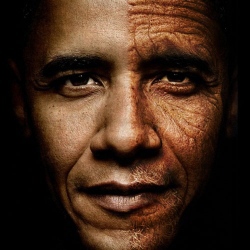
BioViva has announced successes using telomere lengthening to reverse the aging process. Dr. Bill Andrews, former of Sierra Sciences, which merged with BioViva, announced the plan and the location of the worlds first age reversal clinic this week.
The ultimate rejuvenation spa will be in Fiji, which isn’t as surprising as it might sound.
Fiji has spent the last decade trying to brand itself as a medical tourism destination by courting doctors from countries with more established healthcare systems and by provides a much less expensive and much less controlled environment for the testing on humans.
Parrish, famously, had to head to Colombia for her first round of gene therapy, a detour she very publicly blamed on the Federal Drug Administration’s obstinance and lack of interest in promoting new types of medical treatment.
Meanwhile, Fijian government officials proposed last year to give private hospitals 10 years of tax amnesty in order to jumpstart the industry. In addition, the island nation has hosted international surgeons, notably from India, in its existing hospitals, both to provide higher-quality care for Fijians as well as court international patients seeking less expensive tertiary care. Fiji’s FDA equivalent is far more focussed on attracting business and making the island nation the Costa Rica of the South Pacific than on regulation.
Funding, as Andrews explains in the video, remains the biggest issue for anti-aging research. But he insists that the profits to be made from future treatments will provide more than ample returns on initial investments from funders. They just have to develop those treatments first. Many unanswered questions remain and we will have to wait and see what happens next.
Andrews is a leading scientist in the field of telomere research for anti-aging. Combining his research on telomere lengthening, which he claims has demonstrated age reversal “by every method of measurement imaginable,” with doctors on BioViva’s staff will rapidly speed up innovation in the still-mysterious field.
He estimates that we’re one year away from deploying the treatment.
